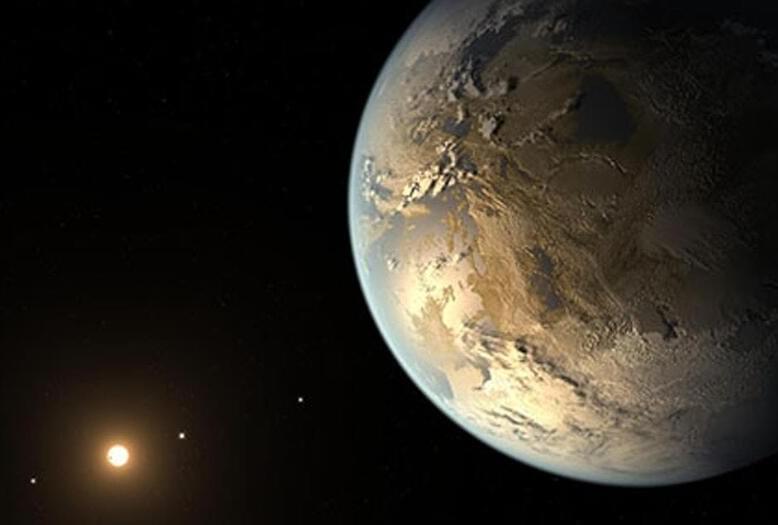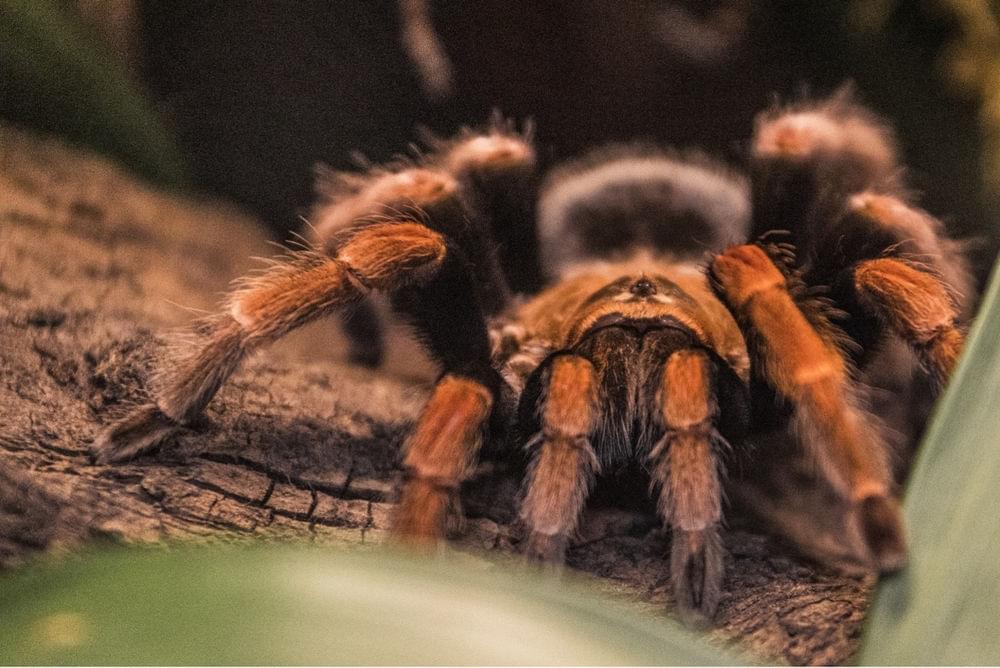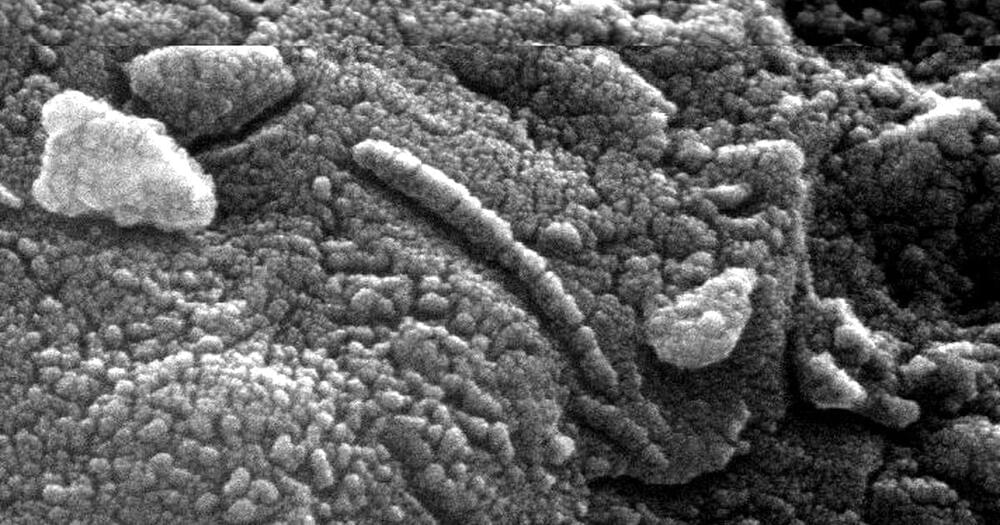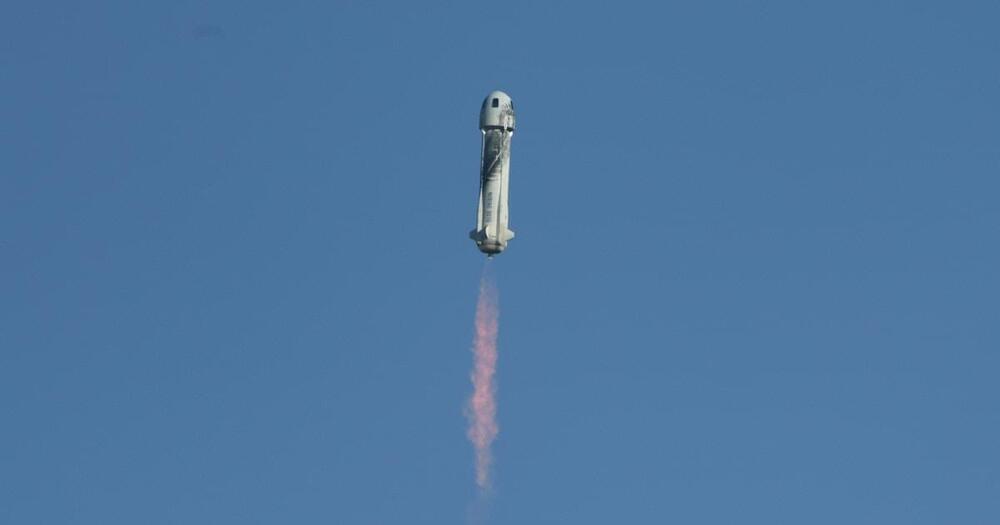So-called land planets may be habitable. Here’s why that matters.
Scientists propose so-called land planets have a better chance at sustaining alien life than Earth-like water worlds.

How close to real life is the Amazon sci-fi series, “The Expanse”? Join us… and find out!
Subscribe for more from Unveiled ► https://wmojo.com/unveiled-subscribe.
Science fiction shows and movies can sometimes struggle with a bad reputation passed down to them by a number of low-budget, poorly executed films in the genre. The Amazon series “The Expanse”, based on the novels by James S. A. Corey, however, tries to overthrow the idea that sci-fi can’t hold up to science. So, how well does it do? In this video, Unveiled finds out!
This is Unveiled, giving you incredible answers to extraordinary questions!
Find more amazing videos for your curiosity here:
The Real Reason Why We Haven’t Returned to the Moon — https://youtu.be/Y5CvEBDkVos.
Are We Living in an Island Universe? — https://youtu.be/m1iYoC1uZdo.
0:00 Intro.
It hasn’t even been on Mars a full year, and NASA’s Perseverance rover is making excellent surprise discoveries.
Amid a number of findings announced this week at the American Geophysical Union Fall Meeting, scientists have revealed that the Jezero Crater formed from molten volcanic magma – and that organic molecules have been discovered in rocks and dust on the crater floor.
This is by no means evidence for life on Mars. Organic compounds are simply those that contain carbon-hydrogen bonds, and these can form by any number of non-biological processes. Indeed, organic compounds have been discovered on Mars before, both by the Curiosity rover and the Mars Express orbiter.

The James Webb Space Telescope is the largest, most powerful, and most technologically challenging space telescope ever built.
The Webb Telescope is so large; it must be folded like origami to fit inside its rocket fairing for the ride into space. Once in space, unfolding and readying Webb for science is a complex process that will take about six months.
Webb is designed to see the most distant galaxies in the Universe and study how galaxies evolved over cosmic time. Webb will study planets orbiting other stars looking for the chemical signatures of the building blocks of life. Webb will also study planets within our own solar system.

Astronomers just found something unique in the Milky Way–a giant exoplanet in a 200-days orbit around two stars.
In a find that remind us of that binary sunset in the original Star Wars movie, the Tatooine-like “TIC 172900988b” is a Jupiter-sized planet.
Known as a “circumbinary” planet, TIC 172900988b’s existence has been revealed in a paper published in the Astronomical Journal by a team led by Veselin B. Kostov of the SETI Institute.
Although not unique in being a circumbinary planet–astronomers have found 14 such bodies so far–it’s the most massive transiting circumbinary planet to date.
It’s also the first to be found using a single set of data from NASA’s Transiting Exoplanet Survey Satellite (TESS) all-sky survey space telescope.
However, finding it wasn’t easy.
Full Story:

How did NASA’s Perseverance Mars rover pick its exact landing spot? Believe it or not, the Mars rover decided precisely where to land just moments before it touched down. It’s thanks to the work of engineers like NASA’s Jet Propulsion Laboratory’s Swati Mohan and new technology called Terrain…
Mars rover pick its exact landing spot? Believe it or not, the Mars rover decided precisely where to land just moments before it touched down. It’s thanks to the work of engineers like NASA’s Jet Propulsion Laboratory’s Swati Mohan and new technology called Terrain Relative Navigation.
When NASA decides to send a rover to Mars, a whole group of experts gets together to figure out where it needs to go for the best science for that mission. Perseverance’s mission was to find the signs of past life on Mars. So, all the experts got together and picked Jezero crater.

What the discovery of alien life means for our human society. For more info, see.
Ready or not, this discovery is likely to happen soon. In anticipation of discovering alien life, conferences have been held on what such a discovery would mean for humanity. But how would we as humans react to this discovery? That reaction would depend on how advanced the alien life is and whether it would be considered a danger to us. Let´s start with the possibility that we find microbial life on another planet. In a seminal paper published in Frontiers of Psychology, a team of scientists led by Jung Kwon from Arizona State University reported that people would react more positively than negatively to discovering alien life. They partially based their findings on how people reacted to the announcement of fossil life in the Martian meteorite ALH84001, which created excitement in the scientific community (the discovery itself, however, has remained controversial till today and it is unclear whether it is evidence for the existence of past life on Mars).



“THE MORE WE TRY TO FORCE EQUALITY, THE MORE WE’RE CREATING A DIVIDE.”
Amy Shira Teitel
And it was male-helmed mega-companies that spurred this surge in space travel. In July, Richard Branson launched himself into suborbital flight on a Virgin Galactic spacecraft. A week later, Jeff Bezos followed suit on a Blue Origin rocket. Elon Musk’s SpaceX launched the first all-civilian space flight in mid-September. Then, Bezos brought sci-fi to life by sending Captain Kirk himself, William Shatner, on a suborbital flight in October.
While women made their own history — as members of the first all-civilian space flight in September, and when Wang Yaping became the first Chinese woman astronaut to do a spacewalk on November 8 — men seemingly remain light years ahead in the gender space race.
Space, inherently, should interest all of us. We are literally made of stardust. There is, very likely, intelligent life elsewhere in the universe. Yet, while space feels deeply compelling to some, for many others it is unrelatable, inaccessible, and irrelevant.